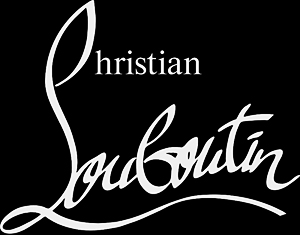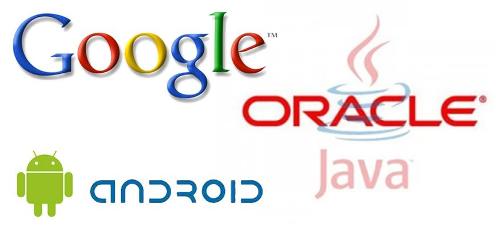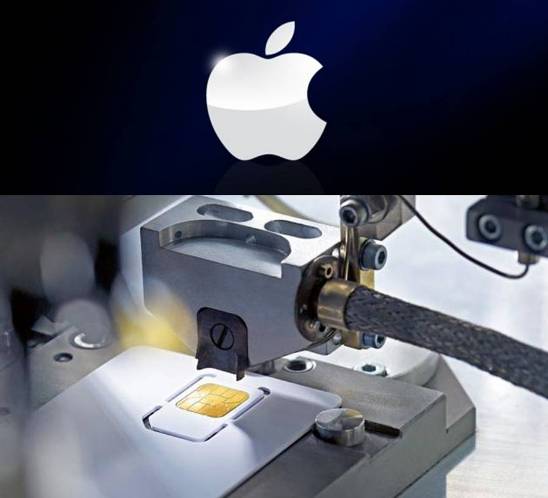 Innovation has become such a buzzword these days. It is talked about in almost all business settings to some extent, even if only gratuitously. MTV has even begun to call the Millennial Generation (Generation Y, birth years 1978-2000) “Generation Innovation” – a band of inborn creators and entrepreneurs. (Other names tagged to this cohort are Generation Next, the Net Generation, and the Echo Boomers.) We have certainly seen the start-up mentality produce some amazingly successful enterprises, but some people say the buzz is burning out a bit as tough operational, logistic, and execution snags cause a large number of great ideas to sink into oblivion due to a lack of structured planning and follow through required for true innovation management.
Innovation has become such a buzzword these days. It is talked about in almost all business settings to some extent, even if only gratuitously. MTV has even begun to call the Millennial Generation (Generation Y, birth years 1978-2000) “Generation Innovation” – a band of inborn creators and entrepreneurs. (Other names tagged to this cohort are Generation Next, the Net Generation, and the Echo Boomers.) We have certainly seen the start-up mentality produce some amazingly successful enterprises, but some people say the buzz is burning out a bit as tough operational, logistic, and execution snags cause a large number of great ideas to sink into oblivion due to a lack of structured planning and follow through required for true innovation management.
(This is kind of reminiscent of what’s going on in the IP arena, as the innovation craze causes the patenting wave to swell – so many people talking about the importance of IP and IP strategy with very little understanding of what it takes to formulate and execute a winning strategy.)
Enter IBM, the tech giant that recently celebrated its 100th birthday. With such a long, successful history, it is not surprising that they felt they had an image problem of being a monolithic company. To shake off the stereotype, they hired the marketing talents of Ogilvy & Mather (the international advertising agency) to formulate a new image platform in a technology ad campaign.
Winners of the Silver Effie Award in the Global category for the Stop Talking, Start Doing branding campaign that they created for IBM, Ogilvy & Mather targeted with precision the source of the perception problem in IBM’s technology marketing, and created a tongue-in-cheek ad campaign that used IBM as the punching bag while subconsciously raising them (in the mind of the consumer) above the fray of the would-be innovation-management tinkerers (and the “buzzword bingo” managers and executives) who can’t get the gizmo to work, or on a larger scale, can’t deploy innovation effectively – on time, on budget, on demand, and on point. As Ogilvy & Mather elaborate on the Effie website:
The objective of this campaign was to shift perceptions of IBM from a mere technology company to the marriage of the world’s best technology expertise and business thinking. The creative idea was simple: In a world of talk, IBM gets stuff done. The campaign helped increase awareness of IBM as a technology and business consultancy and overall revenue for the company…
IBM’s own ad copy from the technology-marketing campaign highlights the same touch points in their Business Innovation Success Stories:
Everyone talks about innovation. But IBM has the experience to help companies like yours get it done. We are working with organizations all over the world to help them achieve breakthrough results – everything from bringing opera to the world, to fighting crime and stopping the spread of disease. Watch our stories to see what others are doing. And learn more about what we can help you do. Stop Talking Innovation. Start Doing it.
So, it sounds like a pretty good formula: tap into the DIY-vibe of the Millennials, add some of the visceral motivation that made Nike’s Just Do It slogan so successful, sprinkle in a healthy dose of self-parody to blunt any possible backlash-remnant in the consumer psyche of being smug, and voilà – IBM’s recontextualized modus operandi 3.0 now exudes confidence in execution and follow through to their customers. Let’s take a look at a non-conventional technology ad, the Innovation Station commercial below.
Notice the “us versus them” juxtaposition that creates a dyadic interaction between the “Millennial” and the manager. The manager appearing so pompous in her certainty of vision for innovation management without knowing what she’s talking about. While the Millennial doesn’t offer any solution, he knows a joke when he sees it. The fact that the setting for the technology ad could easily be an IBM facility helps them get away with the wry humor of self-effacement as proxy for technology marketing.
As we’ll see, the series of commercials that were created will constantly flip the roles of who ends up looking like the dupe at the end of each technology ad. As if to say that we don’t know how things got this absurd, no one group of people can be blamed, but how can we stop the madness. As Ogilvy & Mather put it:
In a sense Stop talking. Start doing. was a call to arms. To end the endless meetings. To end the consulting engagements to nowhere. To end the busy work everyone hates doing and no one values. And to say that when you’re finally fed up with all the talk and you’re ready to make something happen, pick up the phone and give us a call.
In the Information Explosion spot below, the Millennial is now the one taken in by his own IT rapture of the holy grail of innovation management, while the manager just stares on in disbelief waiting for the Millennial to hit the reality pavement.
Notice how the manager here is Black, and in the previous spot the role was played by a woman. This again was executed brilliantly throughout the technology-marketing campaign to deflect blame from any specific demographic. Also, the Millennial is always Caucasian, while his or her counterpart is always contrasted in the series with another segment: different ethnicity, opposite sex, or other generation.
In the Innovate or Die ad below, there are two versions shown. The two co-workers (Black female and Indian male) are gossiping when the manager (White male) hears himself being quoted, and vapidly relishes the profundity of his own words on innovation management. In the first ending, the co-workers cower in fear of managerial retribution, sheepishly intoning, “Uh, how do I delete?” In the second ending, the technology ad closes with the co-workers chasing the manager away with their maniacal laughter without any anxiety, possibly as if to say thank God you’re not my manager. Note that this approach to technology marketing broadens the scope of the branding theme in that there was no Millennial in the ad, like the Intel Rock Star ad featuring an ethnic middle-aged tech guru.












